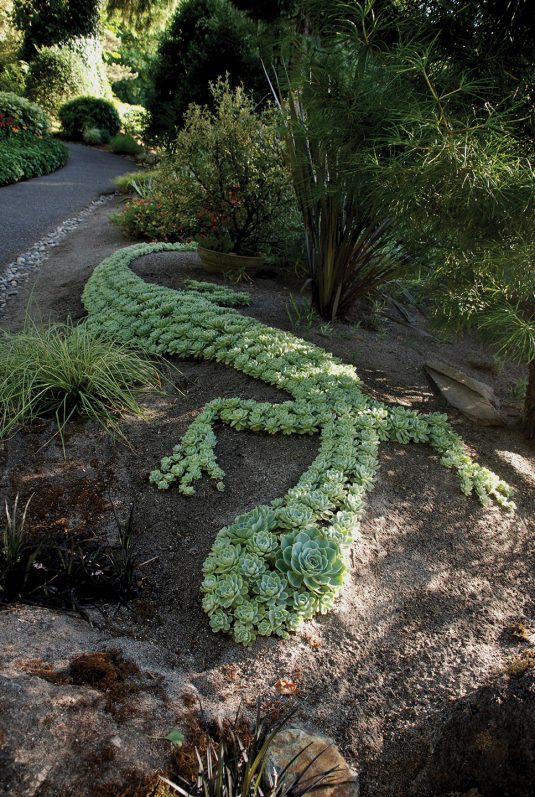

Oh, and if you're in a pickle, you can use your polarized sunglasses!Ĭircular polarizers get rid of the glare in the ocean while preserving the dark blues in the sky.ĭon’t tolerate the drab. It gets rid of all those stray light rays so the water will look crystal clear. If you’re ever taking a picture of the water, the polarizer will be a godsend. They cut out the harsh glare from the bright sunlight, keeping your skies nice and dark blue like they should be. These filters are like sunglasses for your camera. Make the ocean look extra blue with the gradual B2 filter.Įvery photographer should own a polarizing filter. You feel like you’re in paradise already. The contrast this filter creates between the sky and the sand below is just sublime. You can also use the filter on a murky looking lake to make the water appear more fresh and clear. It’s perfect for giving the sky an extra blue hue when it’s grey or overcast outside. The world is your oyster, so send me your shots taken using one of these things. This filter fits into the “I’m not sure what it’s for, but someone will probably find something awesome to do with it” category. Use a varicolor red bue filter to make the sky red and the water blue. It’s hard to think of a good use for this filter outright, but it certainly can make those lake and ocean sunsets more interesting. One half of the filter is red and the other half is blue. It adds a certain level of femininity to the image, and women love it. It’s nice for those close-up shots of the bride as she’s preparing for her big day. I find myself using my A830 filter the most when I’m doing wedding photography for my clients. filter and smearing some petroleum jelly onto it (not a lot. From my own experience, it tends to work really well with sepia-toned photography.Īnd guess what! I’ve got a secret for those of you who don’t want to shell out the money to purchase this kind of filter. You can use this filter to give your images a certain kind of “old-timey” feeling to them. This effect is reminiscent of an era long gone, back in the early to mid twentieth century.

The Cokin A830 is a diffusion filter you can use to create a soft-focus effect in your images. The Wikipedia article on Wratten numbers is an excellent resource if you want to learn more. The list of filters that fit into the Wratten number system is enormous. It is the exact opposite of the “82B” filter, which slightly cools the colors in the scene.

The “81B” name for this filter comes from the Wratten number system, which is a way of classifying the colors of light the filters let in as well as the colors they block. The Warm 81B filter also de-emphasizes the blue colors in a scene, so if you want tone down the cooler colors and increase the warmer colors, it’s the perfect filter. It should be used when you want to add a slight orange hue to your portrait pictures -a great way to make them look like they were taken at sunset. This filter is like the Cokin Sunset filter, but it only warms the photo slightly. The idea is to bump up the oranges and reds as much as you can. I’ve seen images created using more than one Cokin Sunset filter (or some combination of two filters), and it’s been pretty interesting. You can go as crazy as you want with these filters. Notice the orange color on the sand itself. The desert at sunset, captured with an orange filter. It’s not perfect for every sunset photo you take, but it certainly can create an image unlike anything you’ve ever seen before. The Cokin Sunset Filter, or any orange filter, can help you bring out the warm colors while toning down the blues and greens. Sometimes you want a little extra orange in your sunset photos to truly make them pop. The filter being shown is a graduated neutral density filter that makes it easier for your camera to see the more colorful light in the background.] The Cokin Sunset Filter Thanks to Kain Kalju for the use of his photo above.


 0 kommentar(er)
0 kommentar(er)
